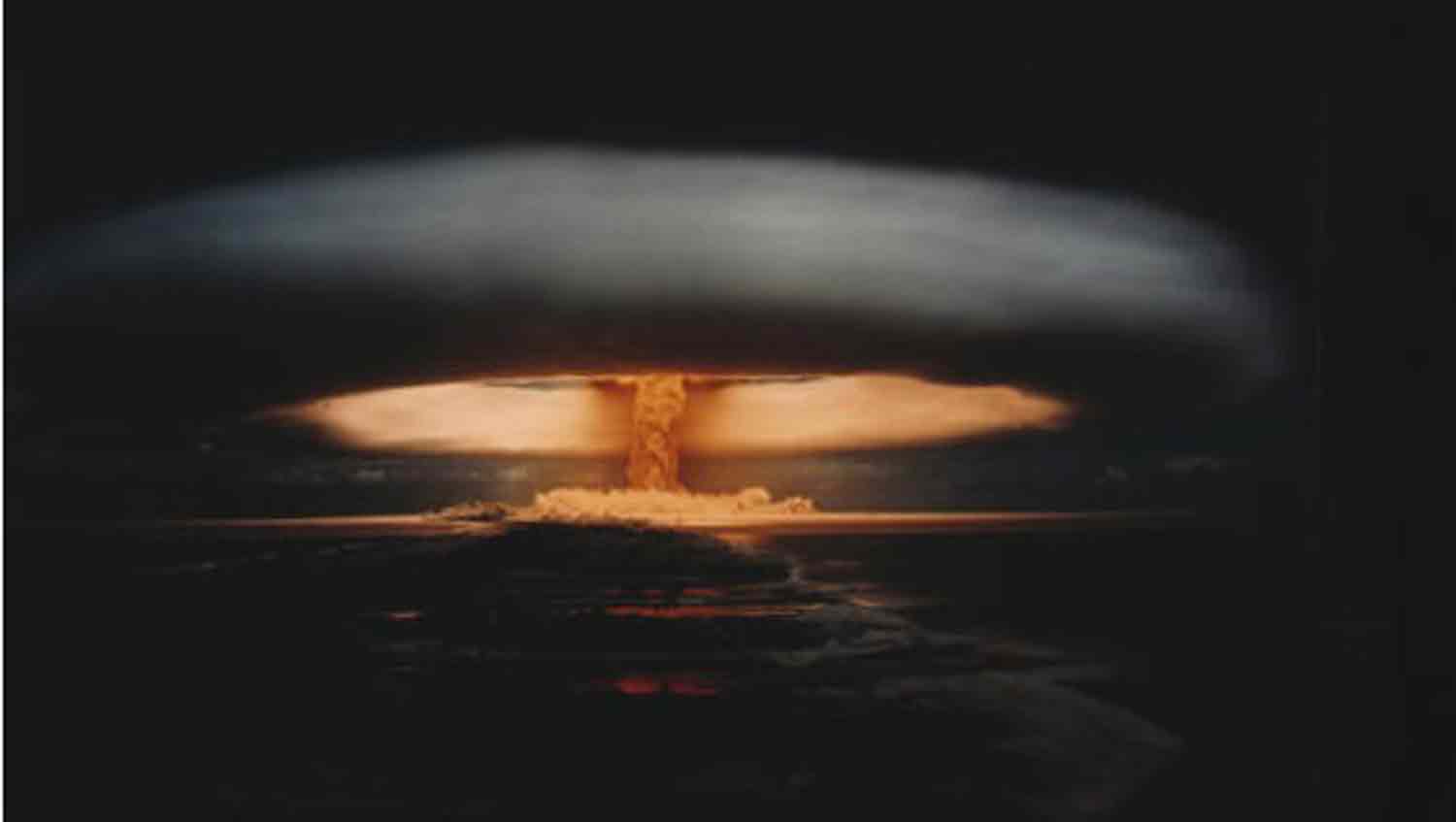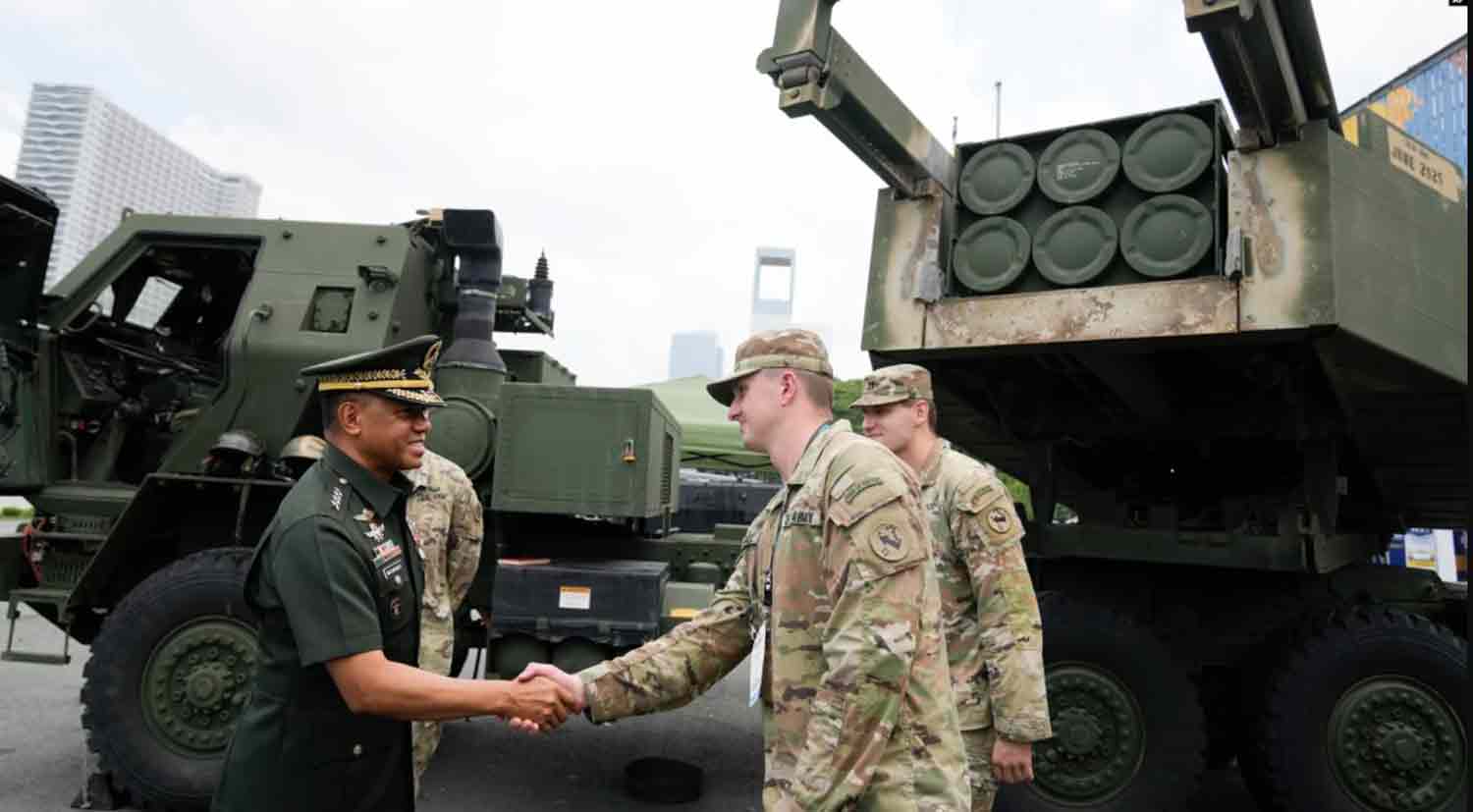The current impasse regarding Ukraine is increasingly evolving into a direct clash between Russia and NATO, heightening significant concerns about the potential for nuclear escalation.
In this new context, both Moscow and key NATO members possess nuclear capabilities, making effective communication between these powers essential. It raises critical questions about whether adequate signals are being conveyed, red lines are clearly defined, and deterrence is effectively upheld.
During the Cold War, a communication framework was gradually established that not only ensured military parity but also fostered mutual understanding. This framework utilized a combination of public and private communication channels, prioritizing discreet political dialogue and interdepartmental exchanges among decision-makers. Although this system had its flaws, it played a vital role in preventing misunderstandings and managing tensions.
In contrast, the current landscape has shifted dramatically. The confidential communication that once played a pivotal role in managing nuclear deterrence has nearly vanished. Now, all communications are conducted publicly, relying heavily on open declarations and media disclosures.
This transformation complicates the accurate interpretation of these messages, and the prevailing lack of trust exacerbates the situation. On the Western front, leaks and inconsistent statements create a confusing narrative. Conversely, Russia has opted for a more straightforward and official approach, striving to eliminate ambiguity in its stance.
Nonetheless, the effectiveness of this strategy remains questionable. Deterrence hinges on the credibility of threats, necessitating that the opposing side perceives them as actionable if required. However, with this strategy now under public scrutiny, decision-makers encounter additional hurdles. Public sentiment influences policy in ways that may restrict their flexibility. As a result, there is a risk that leaders might feel compelled to act on their threats, not necessarily out of desire, but to validate their credibility.
The shift towards treating this conflict as a public policy issue, without reliable backchannel communication, has weakened deterrence. Instead of merely conveying their intentions, both parties are now under heightened pressure to take action. This situation heightens the risk of unintended escalation, as leaders might feel obligated to follow through on their threats to uphold their credibility.
The collapse of private diplomatic efforts and the increase in public threats have rendered the nuclear equilibrium more unstable than at any time before. If this trend persists, the likelihood of escalation will continue to rise, and the stability that characterized the Cold War era may fade into the past.
Discover more from Defence Talks | Defense News Hub, Military Updates, Security Insights
Subscribe to get the latest posts sent to your email.





